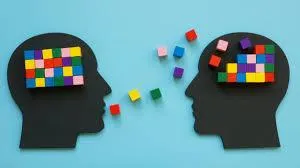
Pain Reduction & Movement Restoration
Modern neuroscience has revealed that pain is generated entirely by the brain. It serves as one of the brain’s primary warning systems — a signal designed to alert you to potential danger and often to limit movement as a protective response.
However, pain doesn’t always mean there is actual damage. In fact, almost any stimulus — even something harmless — can trigger pain if the brain interprets it as a threat. This means that pain is not always a
reflection of injury, but rather of the brain's perception of risk.
By identifying and addressing the sources of these perceived threats, we can help the brain feel safer. As the sense of threat decreases, the brain no longer needs to produce pain as a protective mechanism. As a result, pain naturally reduces, and your body’s innate ability to move freely and confidently is restored.
Other Situations
Your brain is the control center for everything you can — or can’t — do. Every thought, movement, and feeling begins with how your brain processes and sends signals throughout your body.
No matter your current situation or your goals, improving the brain’s signalling patterns can lead to meaningful changes in how you function and feel.
By targeting and refining these neural pathways, we can help address a wide range of challenges, including:
Stress and anxiety
Dizziness or balance issues
Incontinence
Tremors
Impatience or irritability
When the brain operates more efficiently, symptoms can lessen — and your ability to live, move, and feel better naturally improves.



